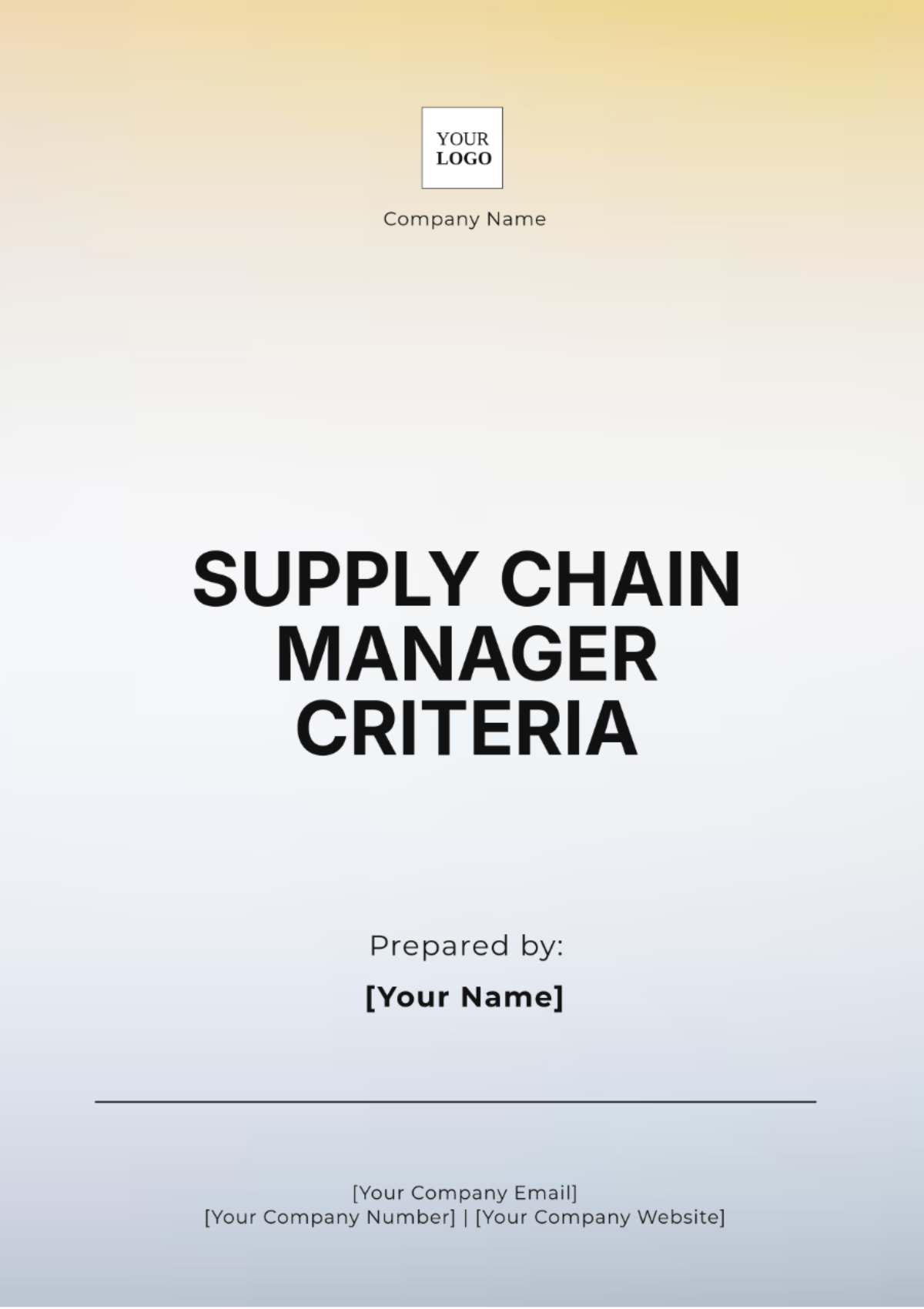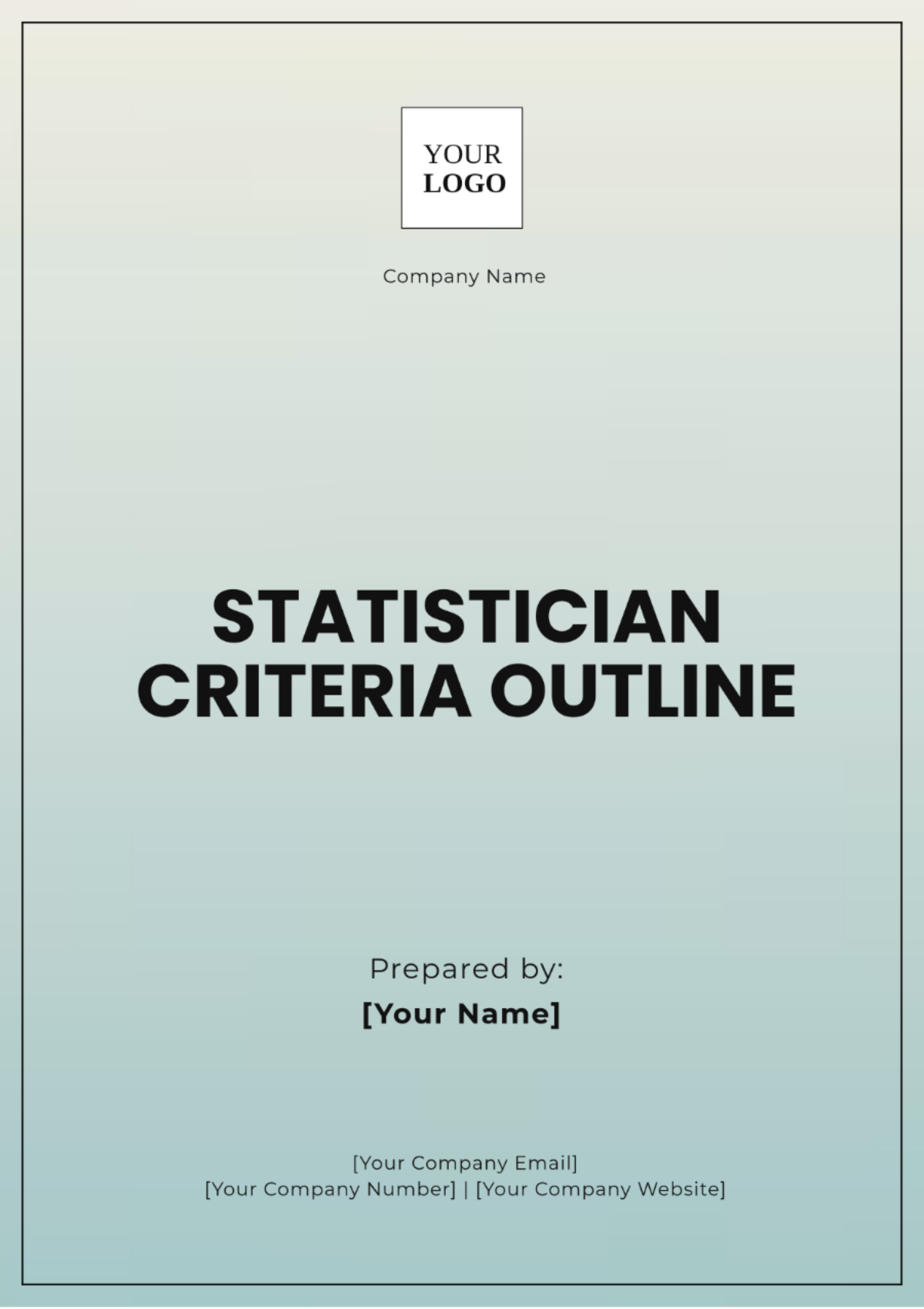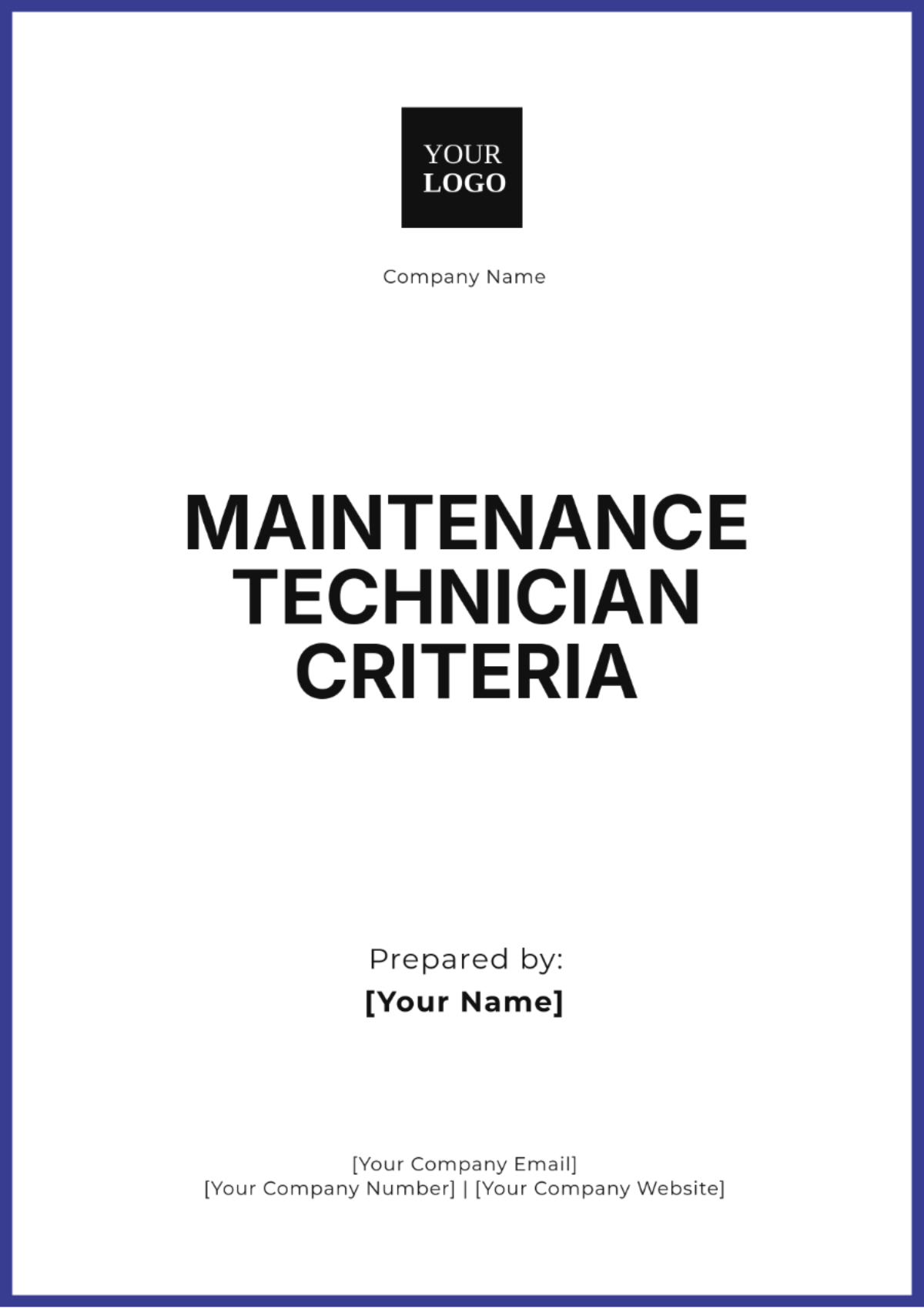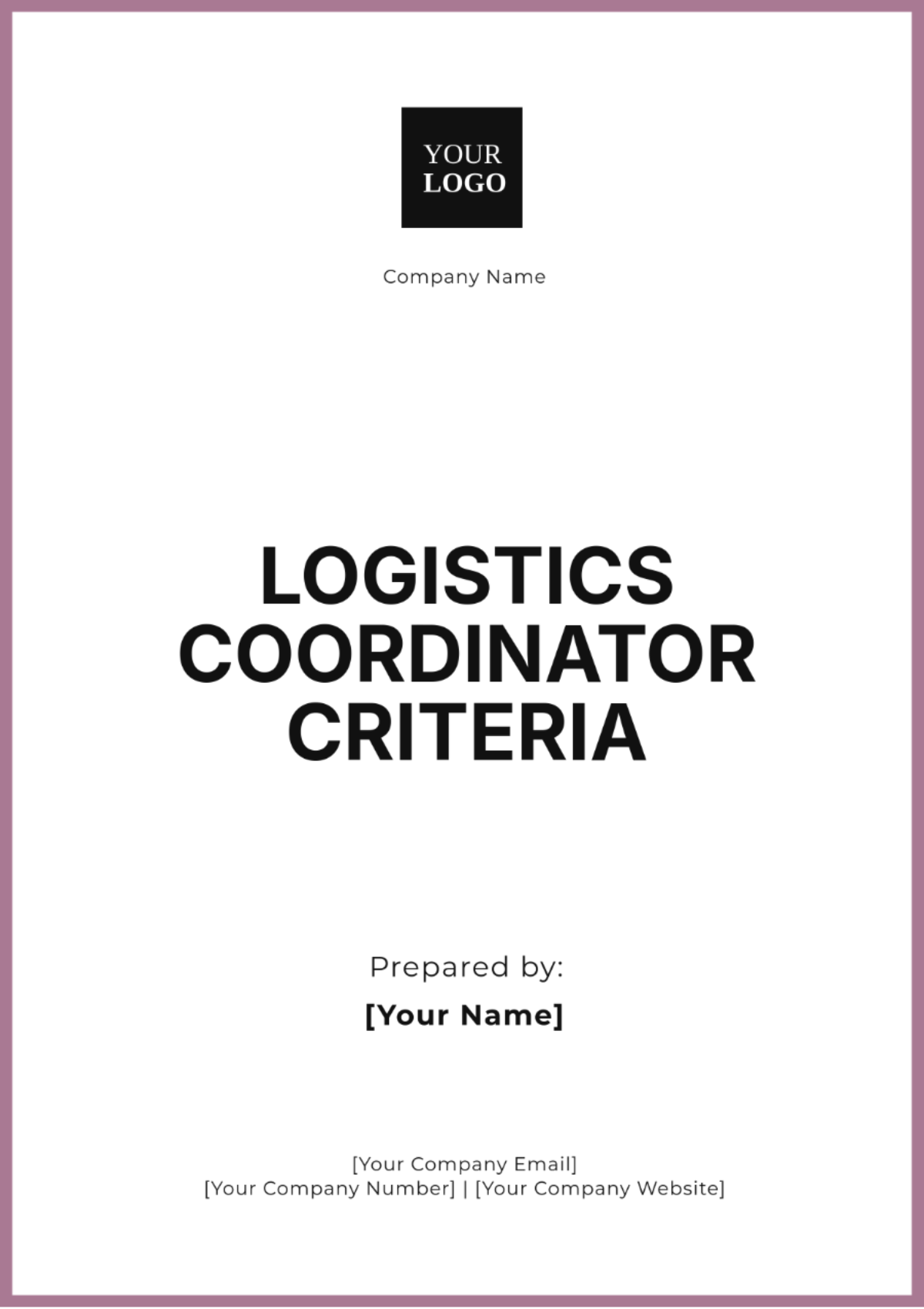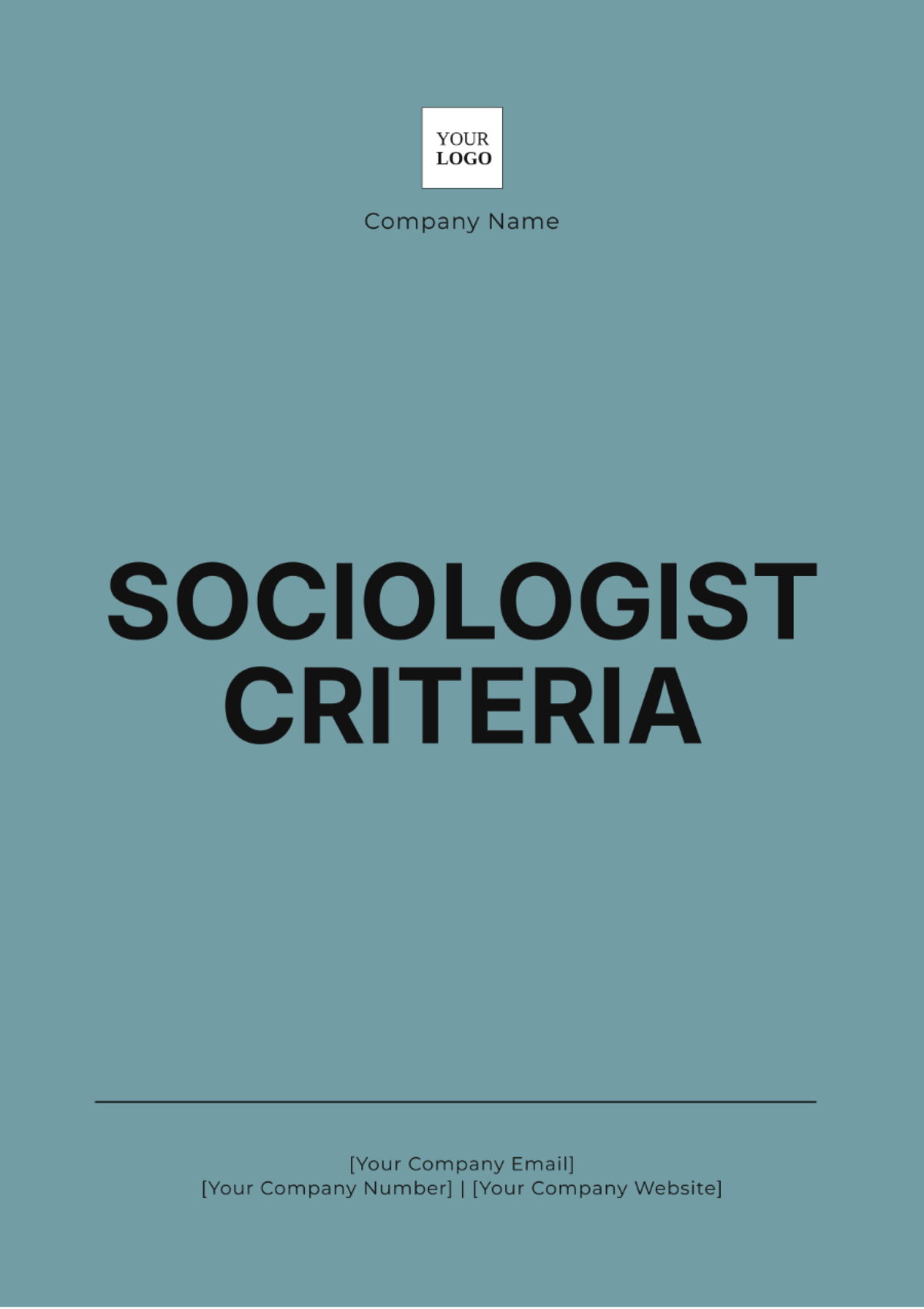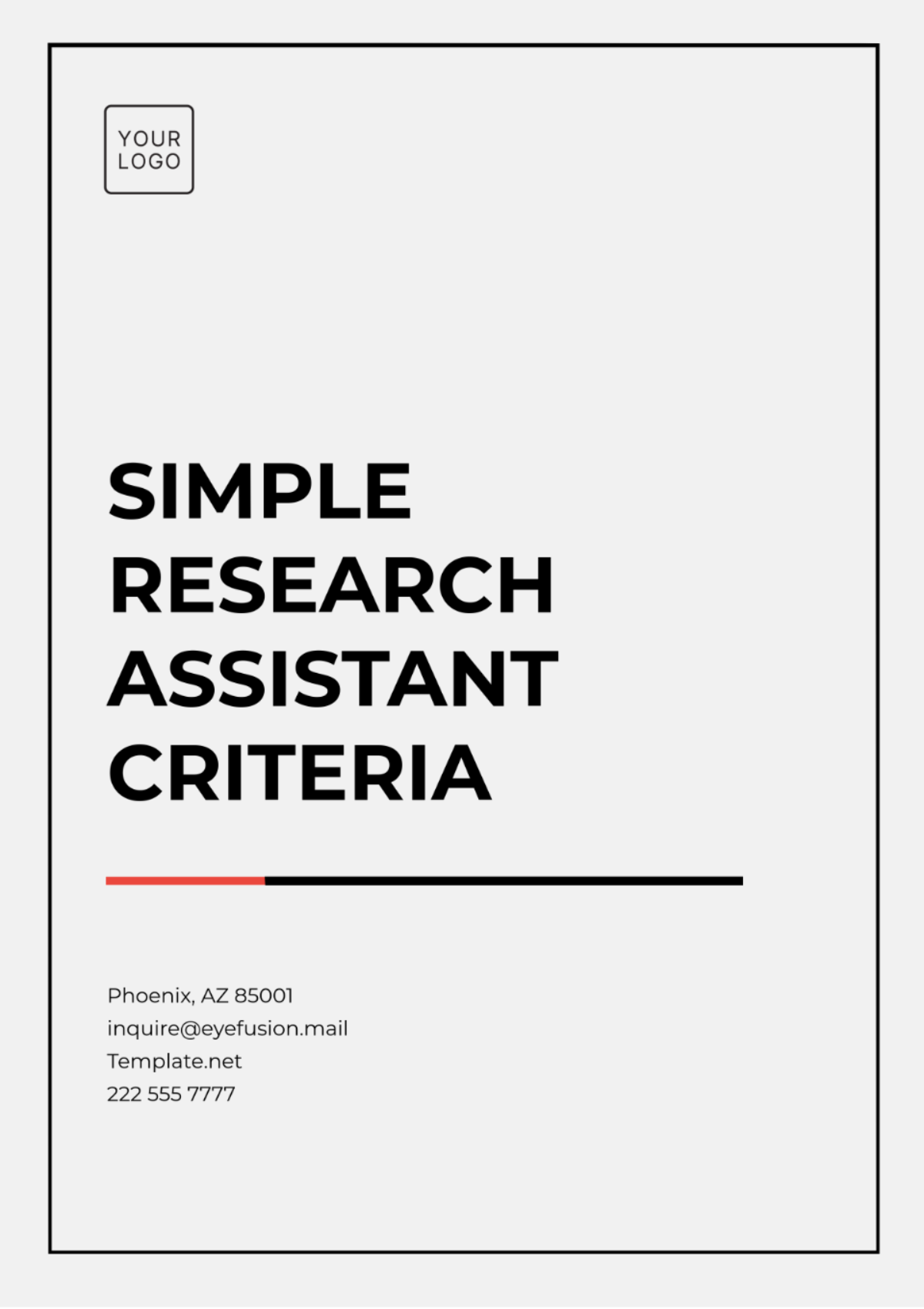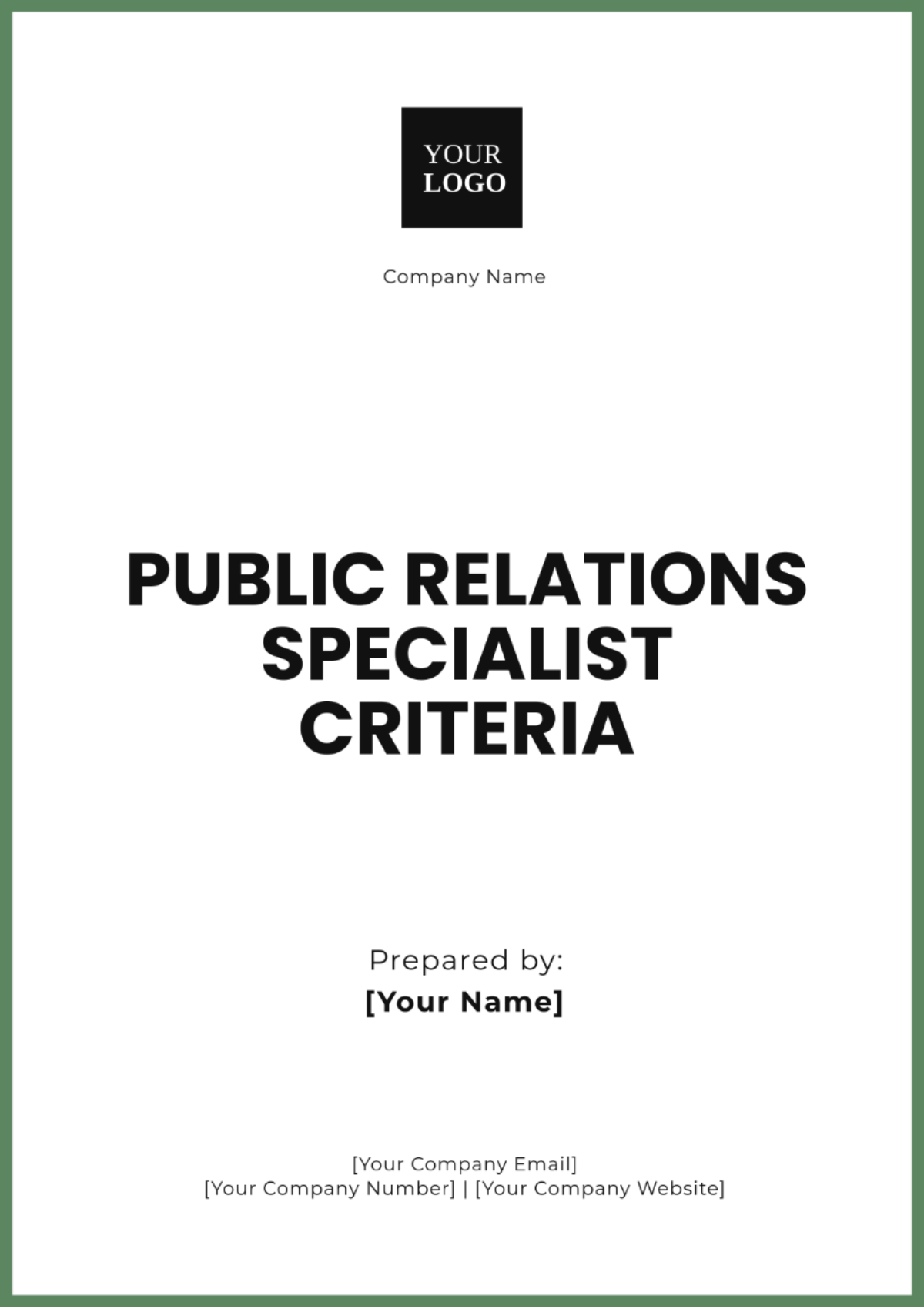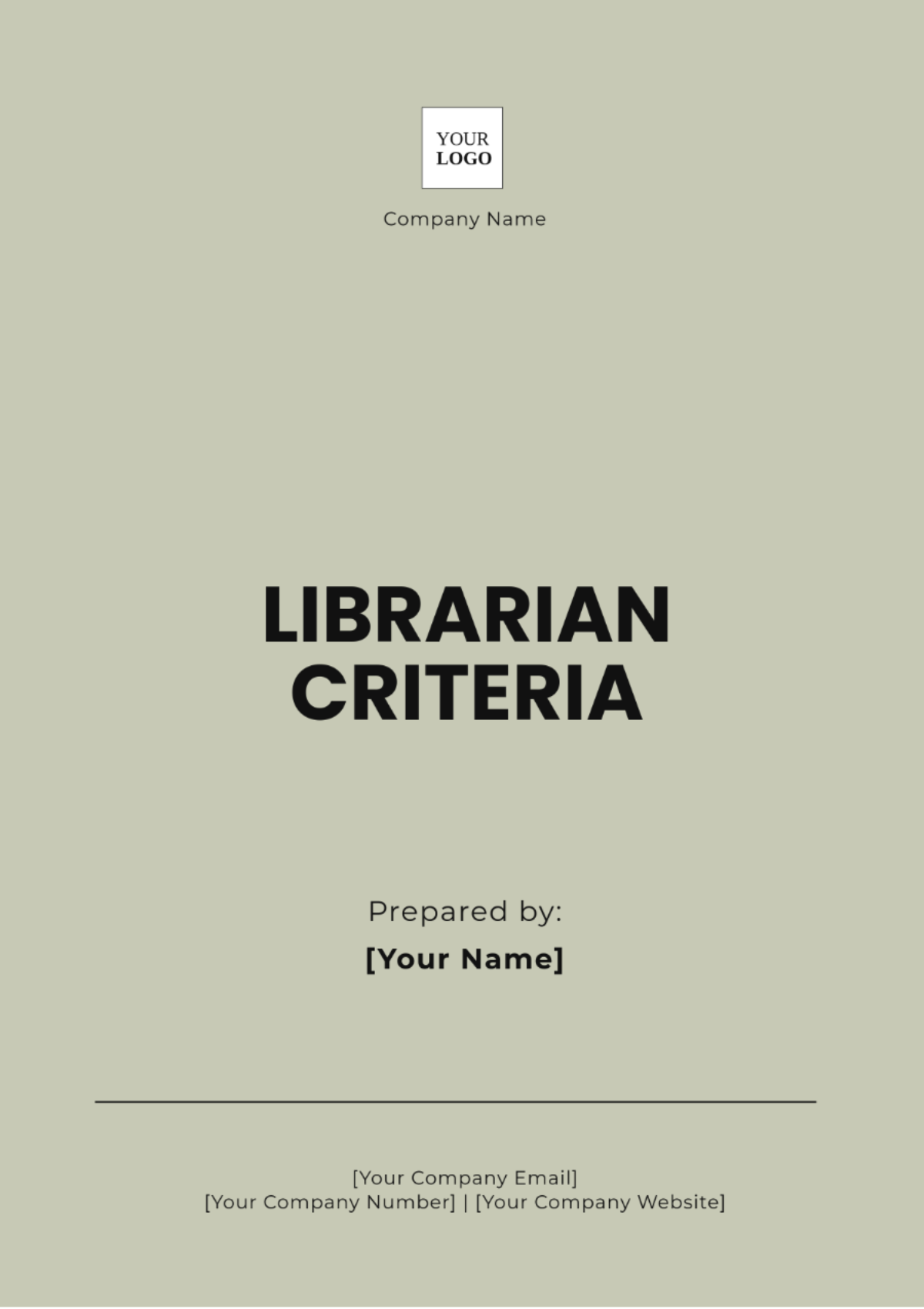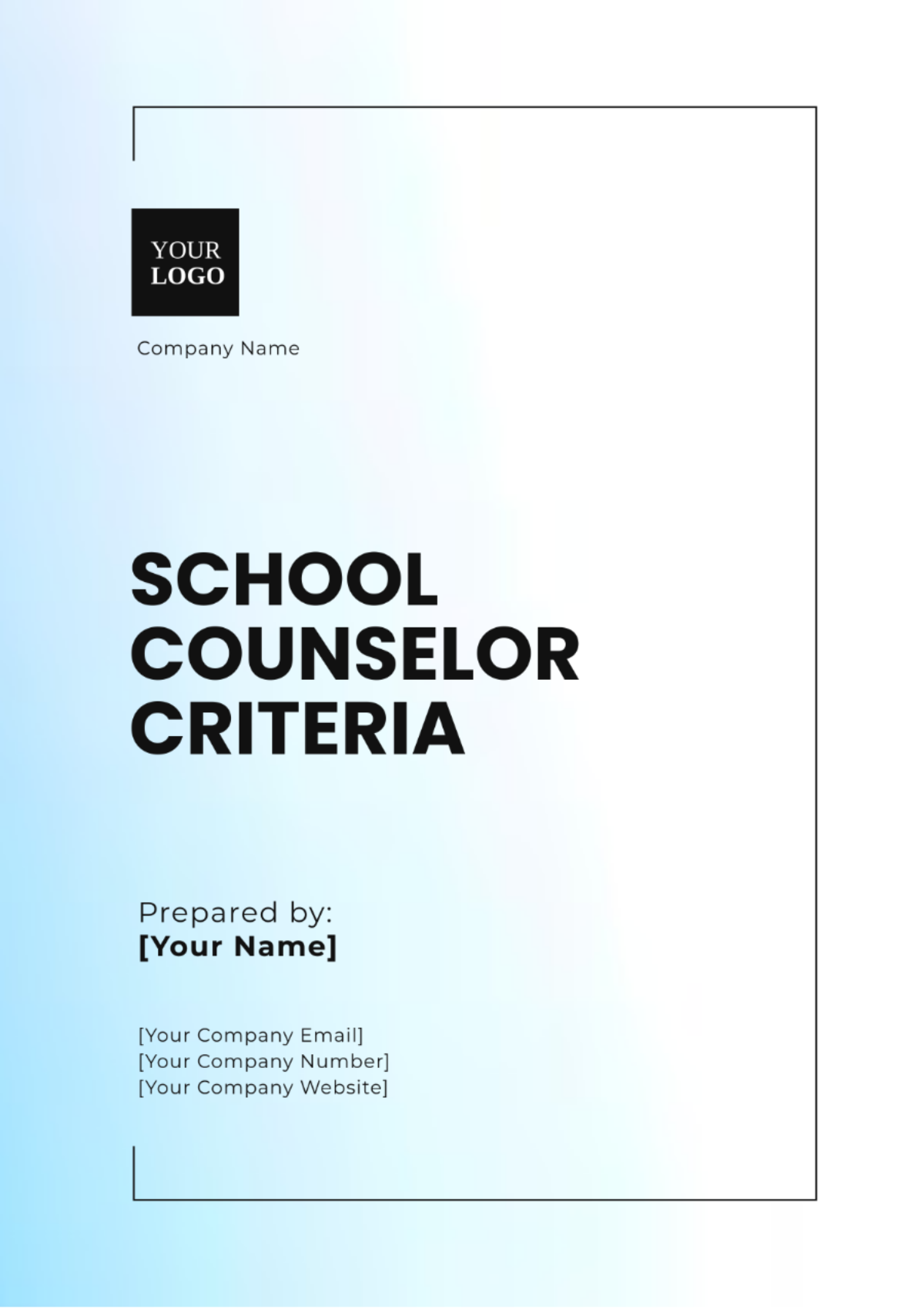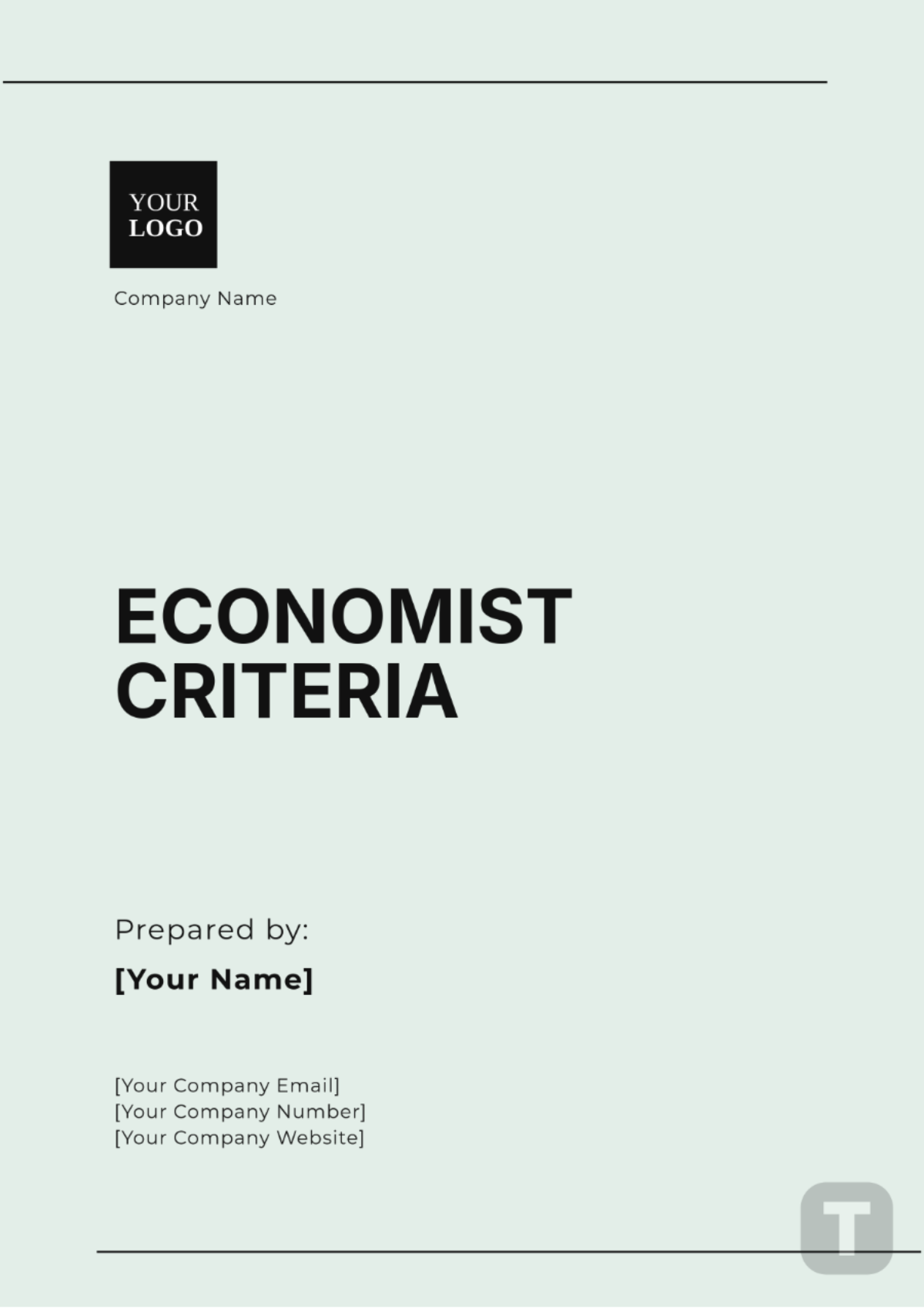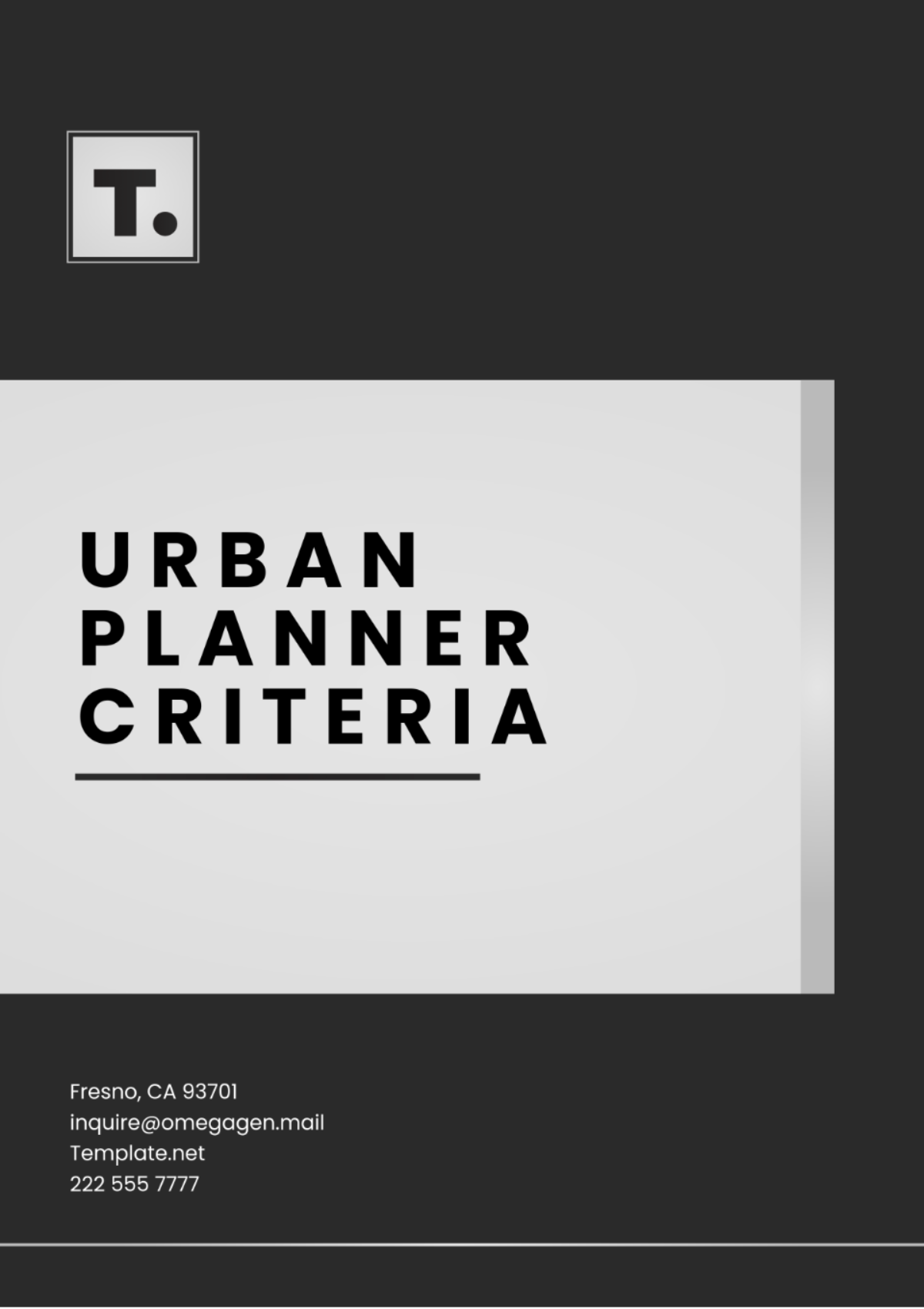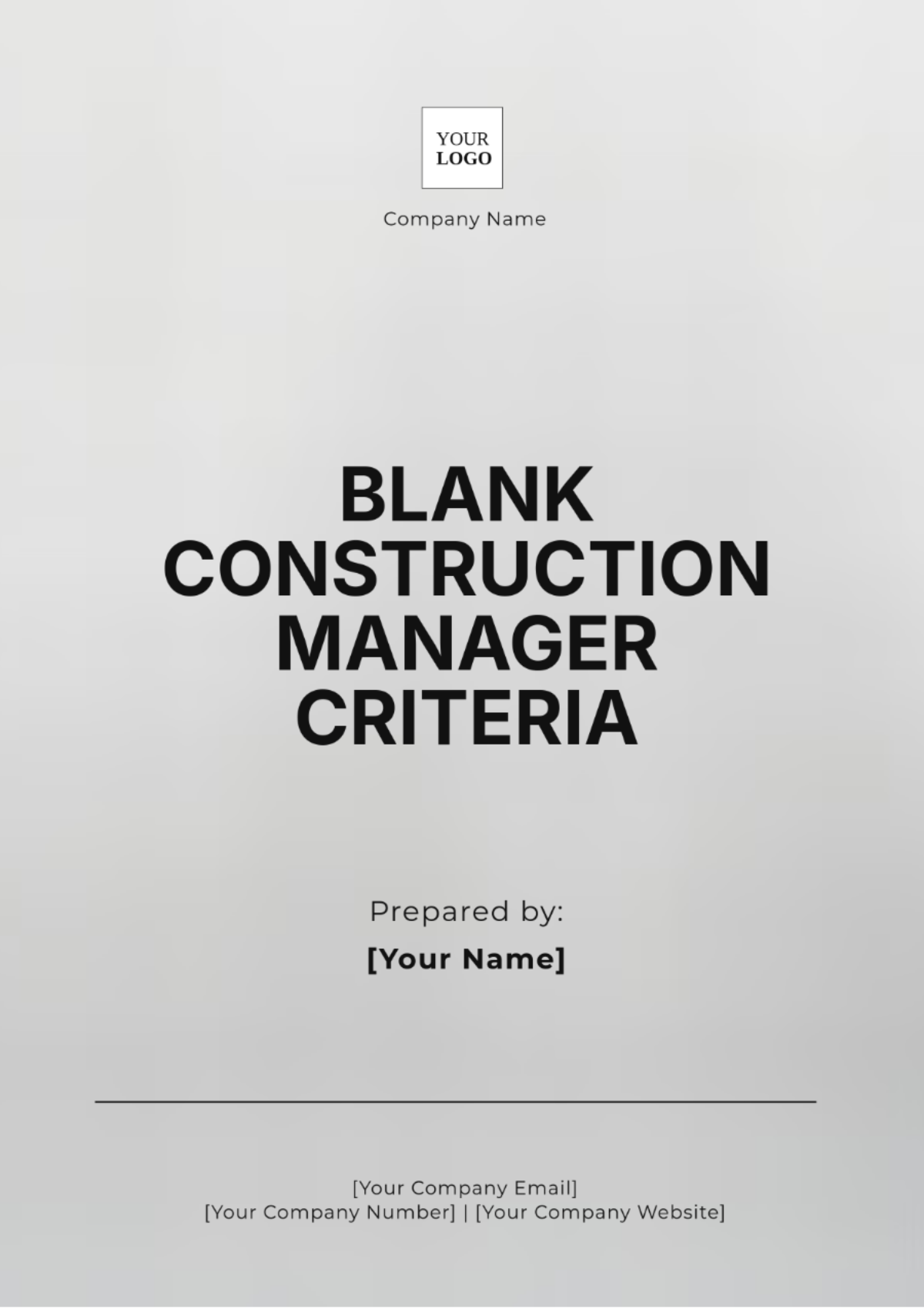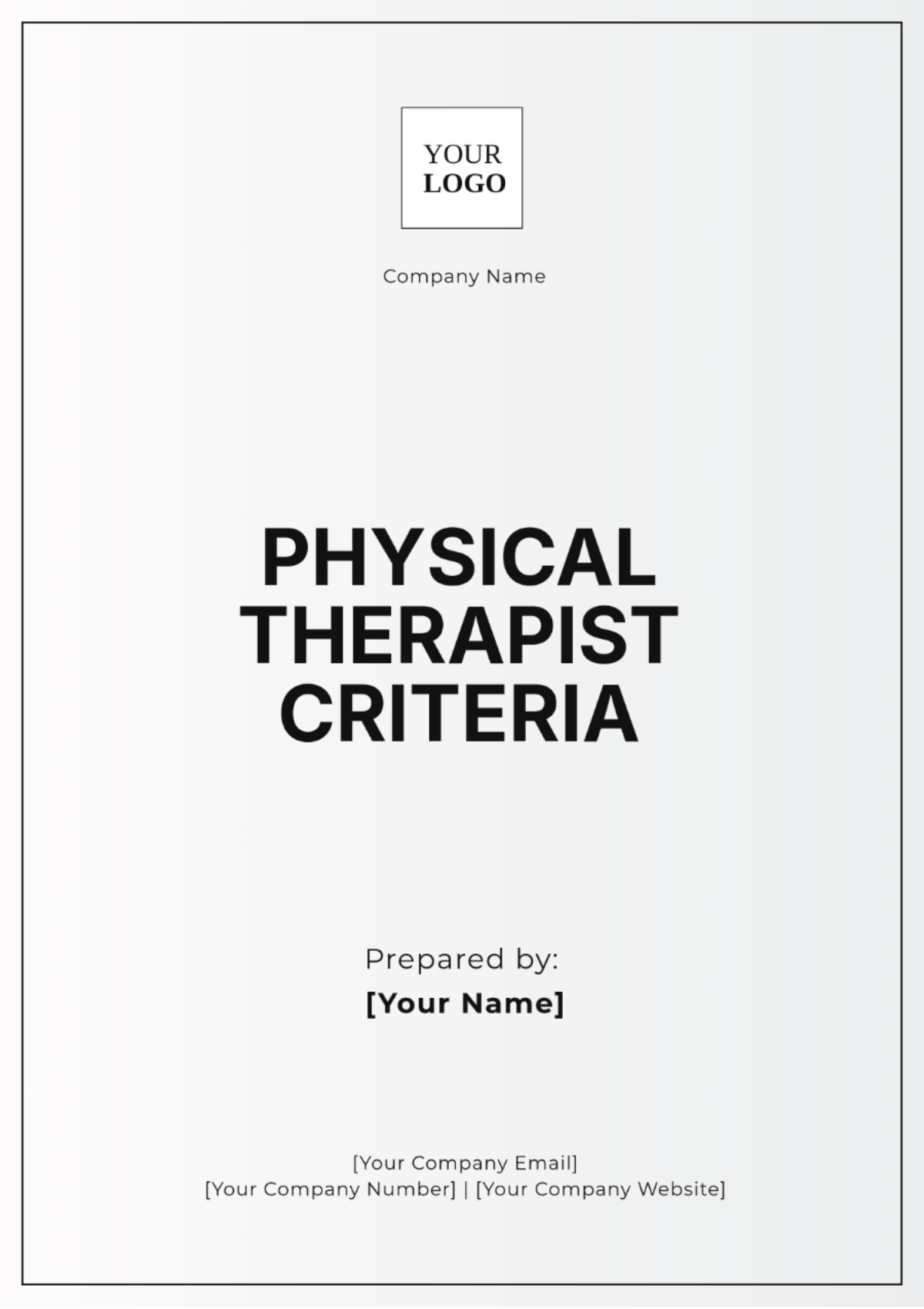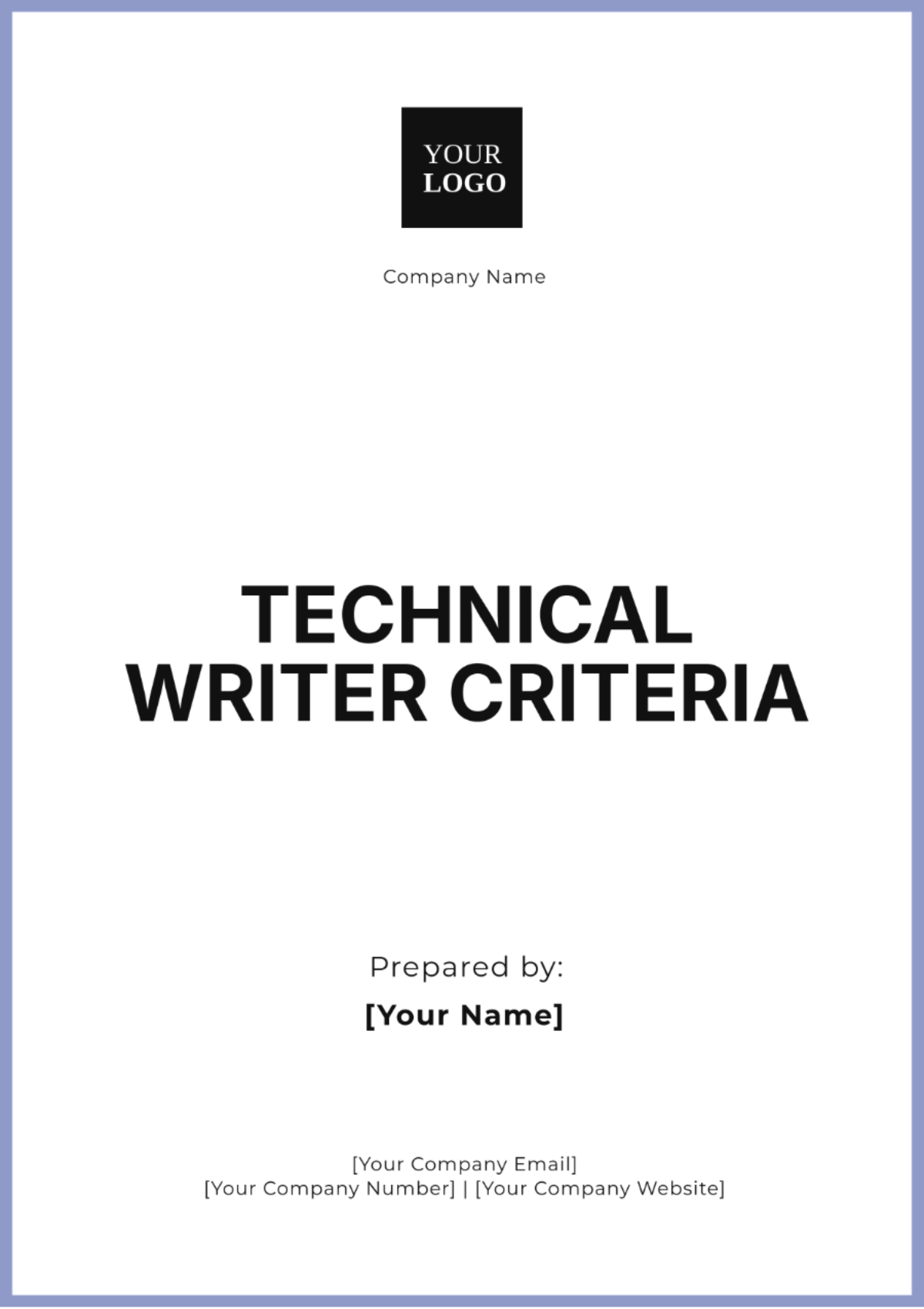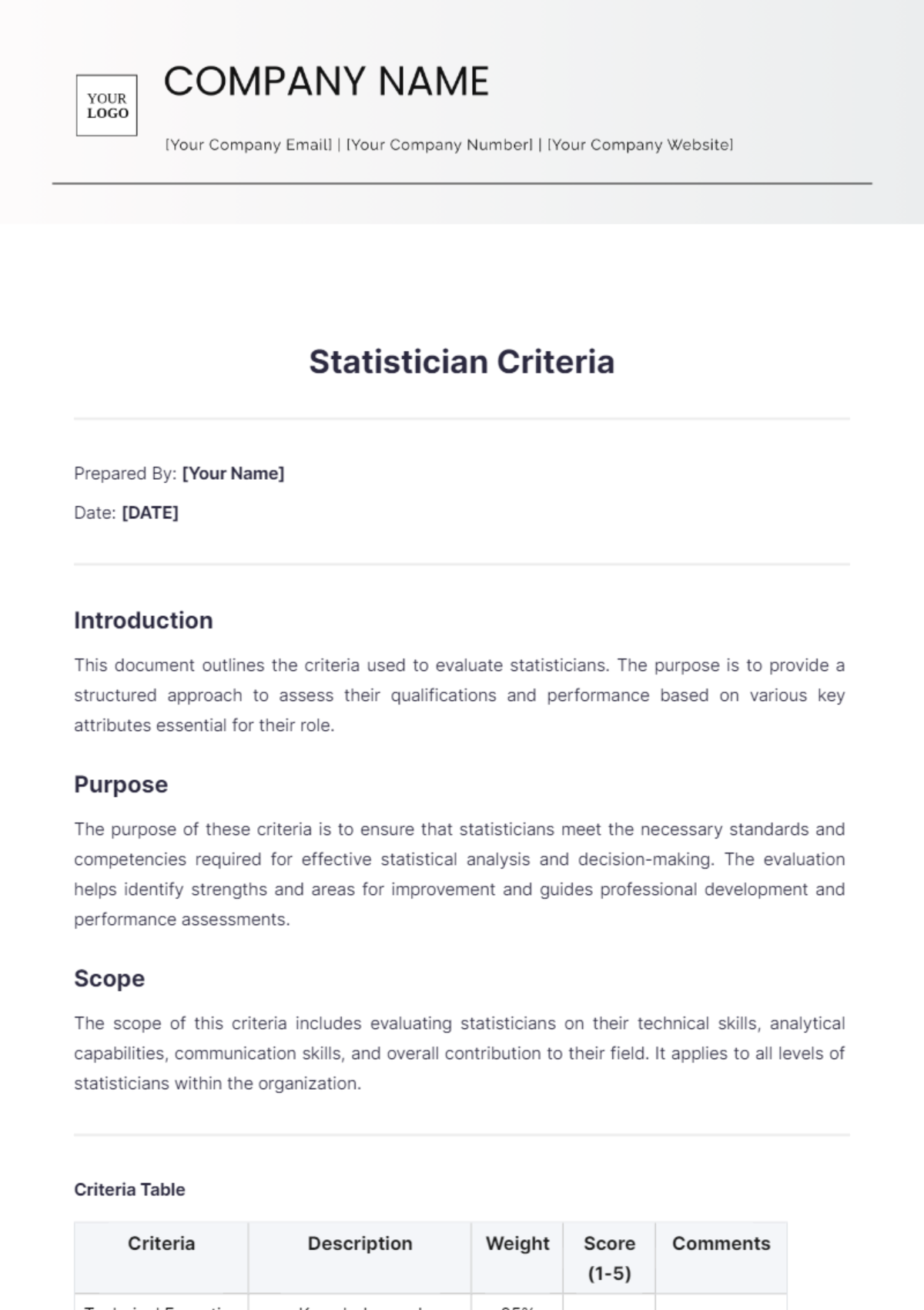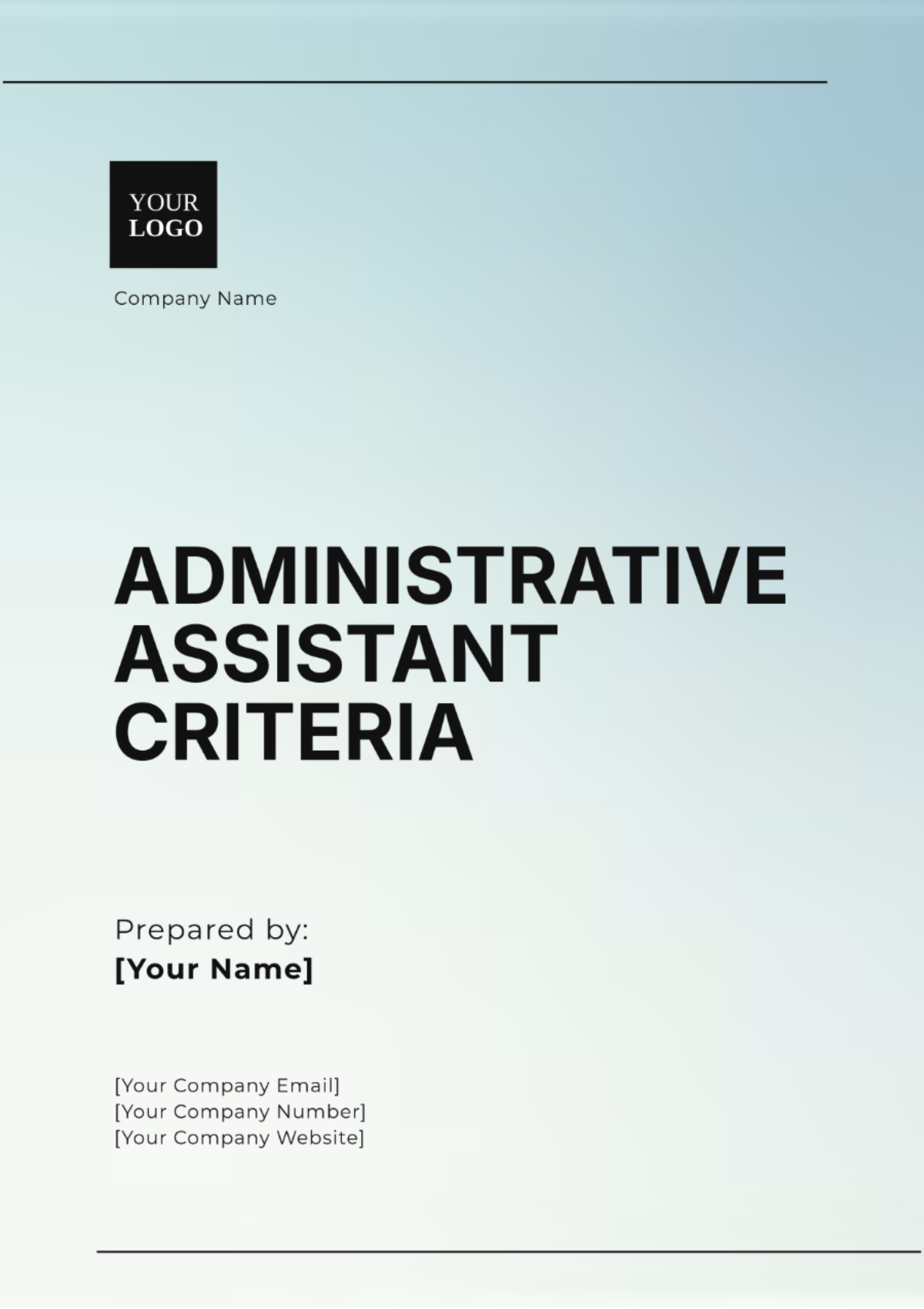Teacher Criteria
Prepared by: [Your Name]
Date: November 25, 2050
Introduction
This Teacher Evaluation Criteria document offers a structured framework to fairly and consistently assess educators, focusing on teaching quality, student engagement, and educational outcomes. It supports professional growth and recognizes teaching excellence.
Purpose
The purpose of this criteria is to support a high standard of teaching by identifying areas of strength and areas needing development for educators. By providing clear, weighted criteria, the document aids in fair, objective evaluations and informs targeted professional development.
Scope
This evaluation applies to all teaching staff for both formative and summative assessments, focusing on key competencies like instructional planning, student engagement, and professional development.
Criteria Table
Criteria | Short Description | Weight | Score (1-5) |
|---|---|---|---|
1. Instructional Planning | The ability to design effective lesson plans that align with curriculum standards and meet diverse student needs. | 20% | |
2. Classroom Management | Establishing and maintaining a productive classroom environment conducive to learning. | 15% | |
3. Student Engagement | Using effective strategies to actively involve students in learning activities. | 15% | |
4. Assessment and Feedback | Employing assessments to gauge student progress and provide constructive feedback for improvement. | 15% | |
5. Professional Development | Commitment to ongoing learning and improving teaching practices through professional growth opportunities. | 10% | |
6. Communication | Maintaining clear and effective communication with students, parents, and colleagues. | 15% | |
7. Ethical and Professional Conduct | Adherence to professional standards, ethical behavior, and positive role modeling. | 10% |
Scoring System
5 – Outstanding: Surpasses expectations with exemplary skills.
4 – Very Good: Meets expectations and shows a strong competency in this area.
3 – Satisfactory: Meets basic expectations and performs adequately.
2 – Needs Improvement: Falls short of expectations; improvement is required.
1 – Unsatisfactory: Does not meet expectations; significant development is needed.
Evaluation Process
Self-Assessment: Teachers are encouraged to complete a self-assessment before their review.
Observation and Evidence Collection: Evaluators conduct observations and gather evidence of teaching practices through classroom visits, student work analysis, and feedback from students and parents.
Scoring and Feedback: Evaluators score each criterion and provide constructive feedback, highlighting strengths and areas for improvement.
Review and Discussion: The evaluator and teacher meet to discuss the results and collaboratively set goals for future development.
Professional Development Plan: Based on the evaluation, a targeted professional development plan is created to address identified growth areas.

